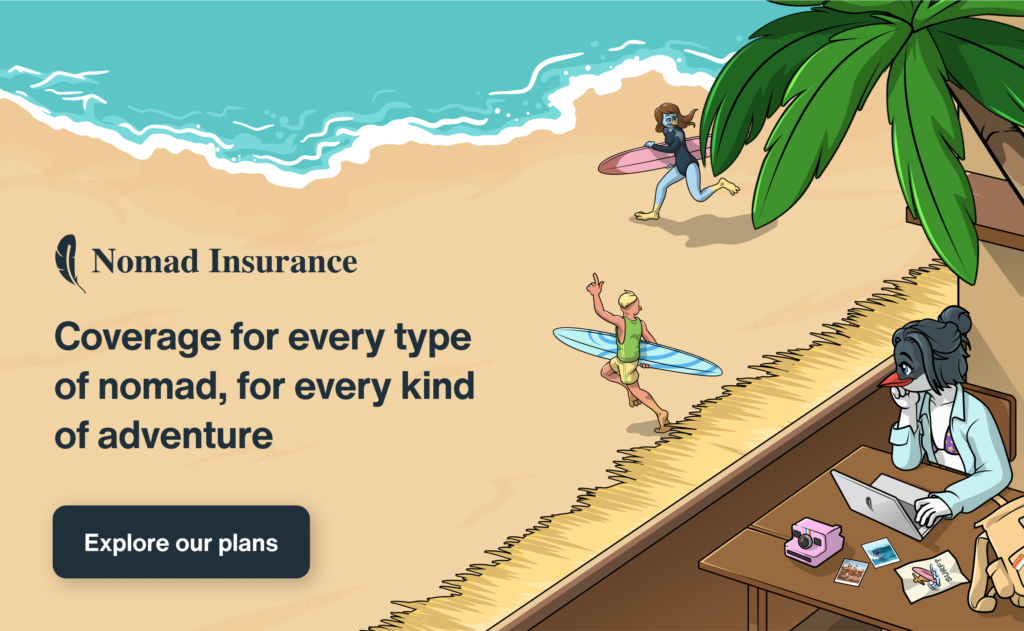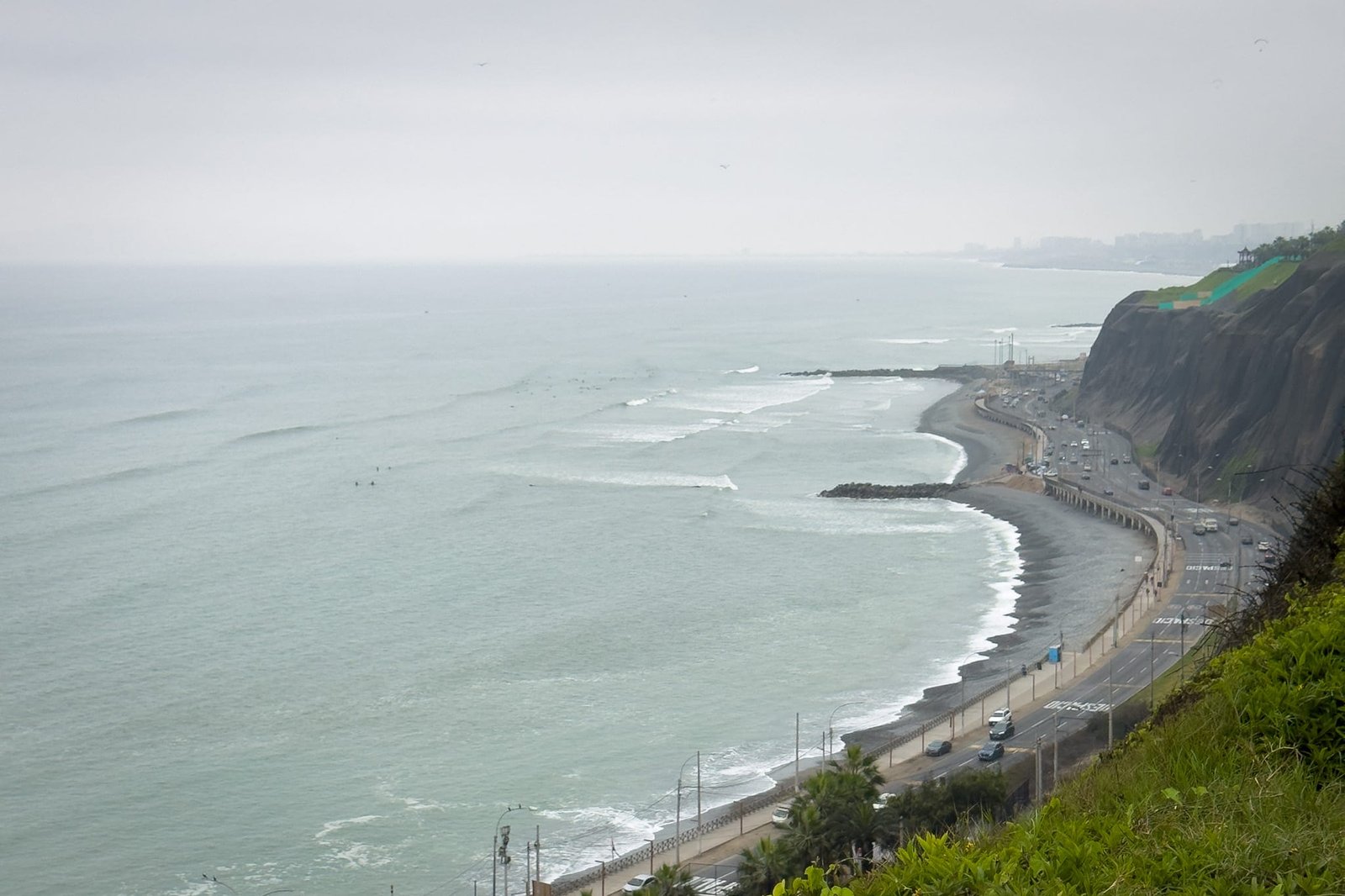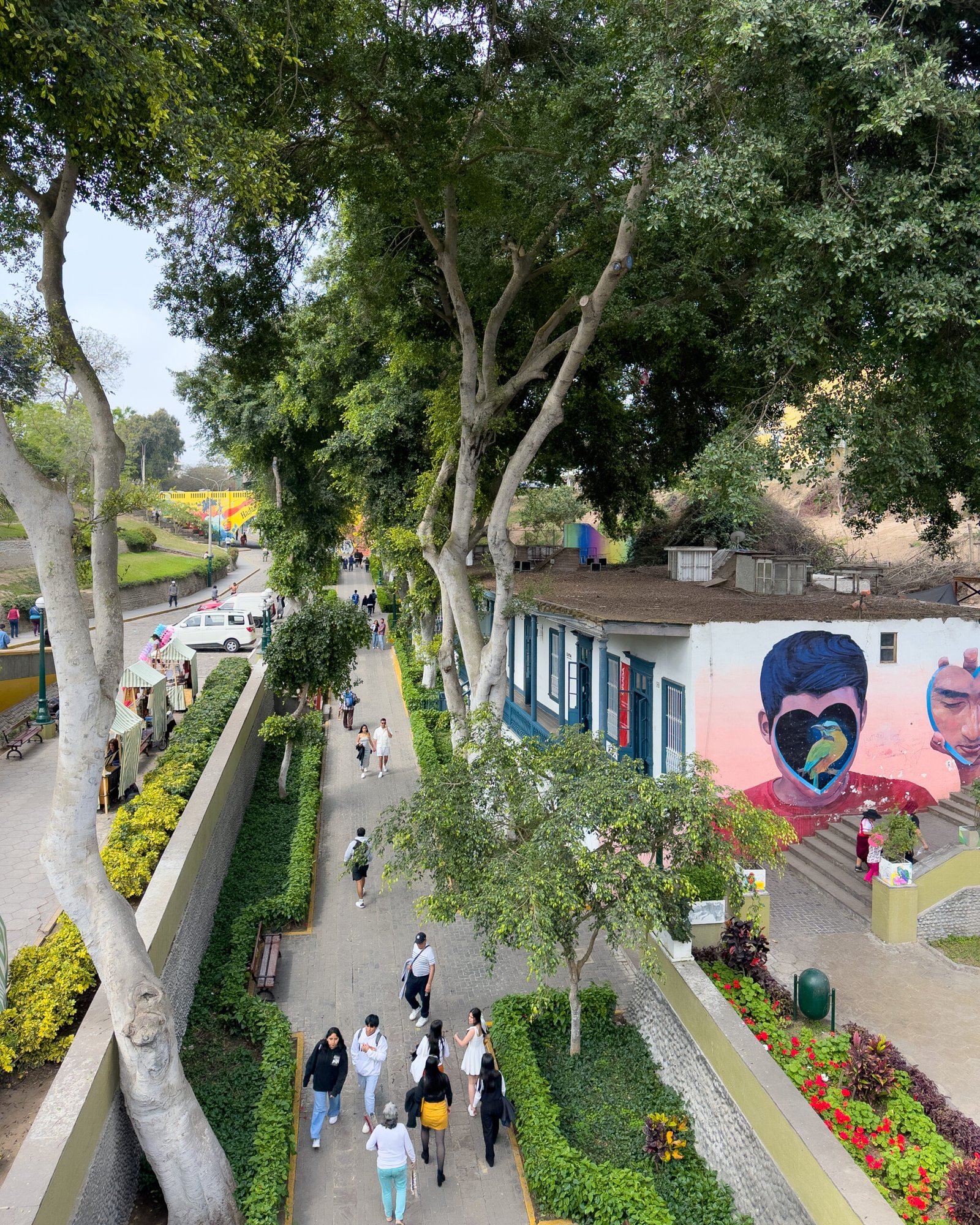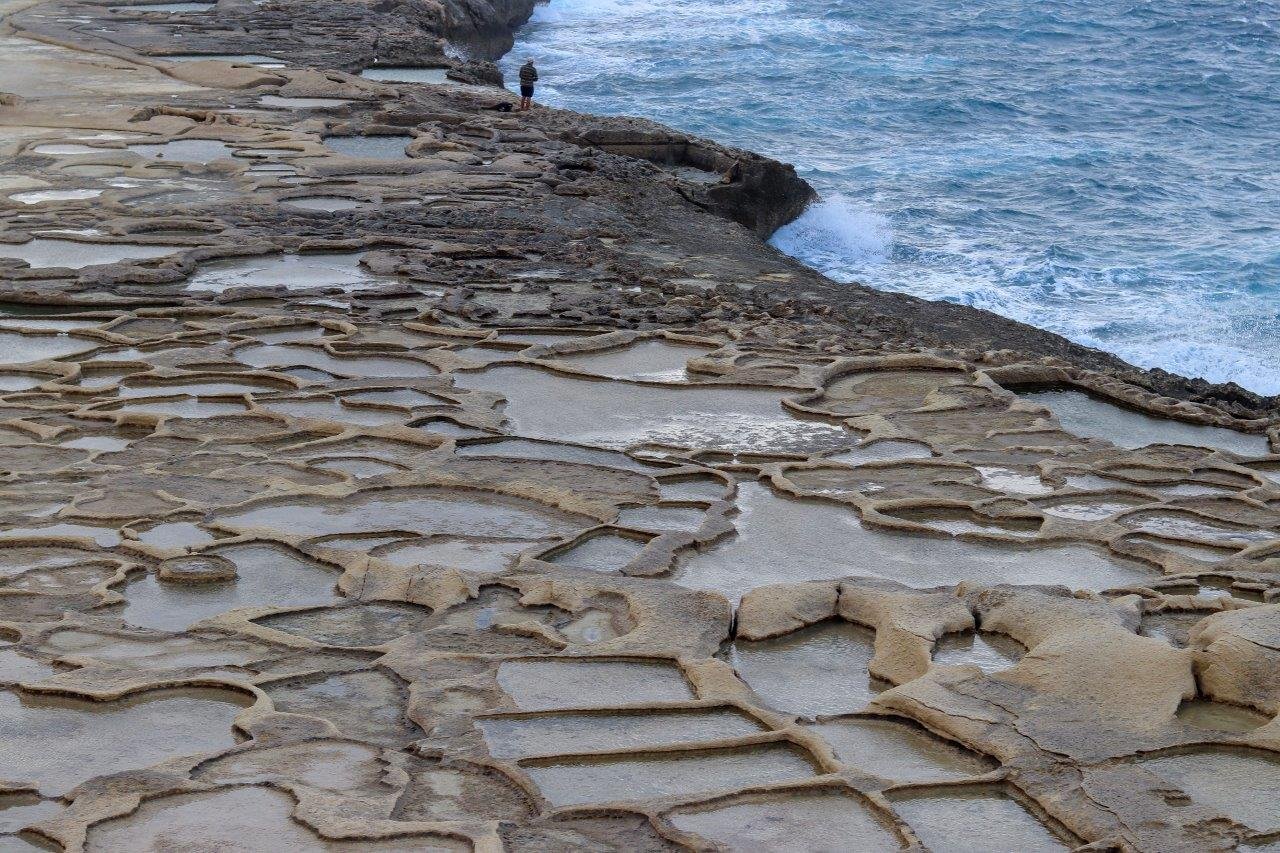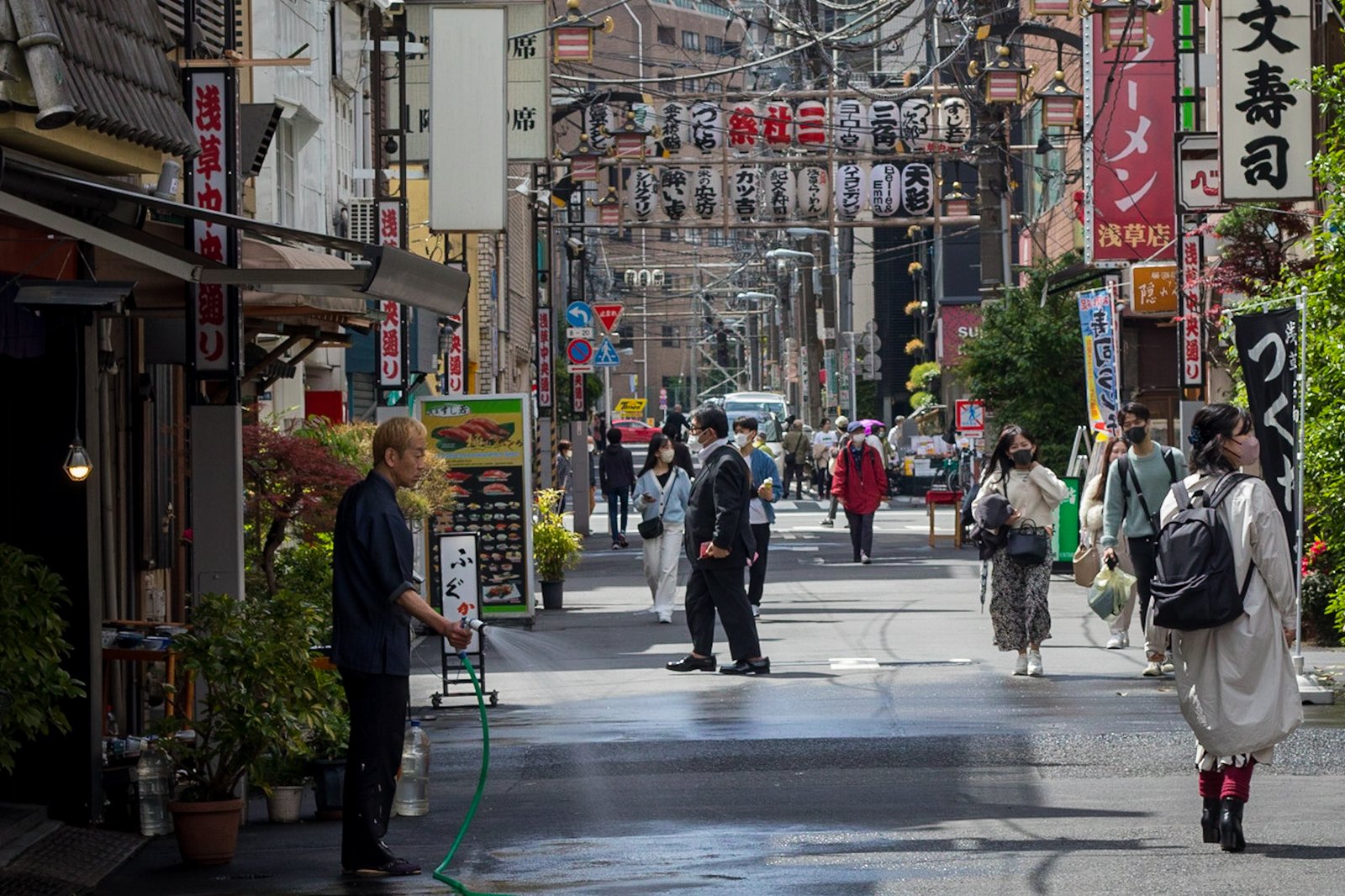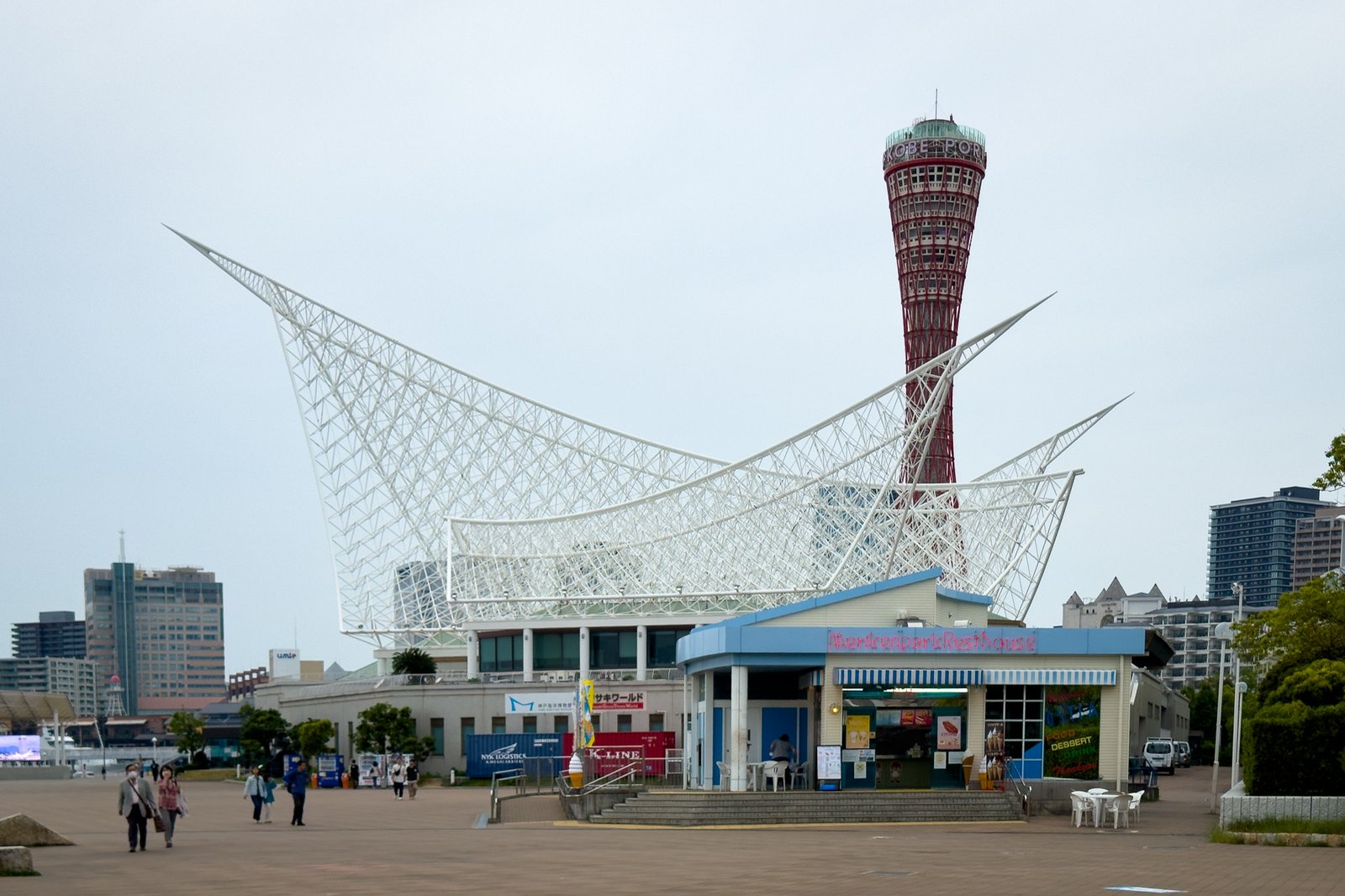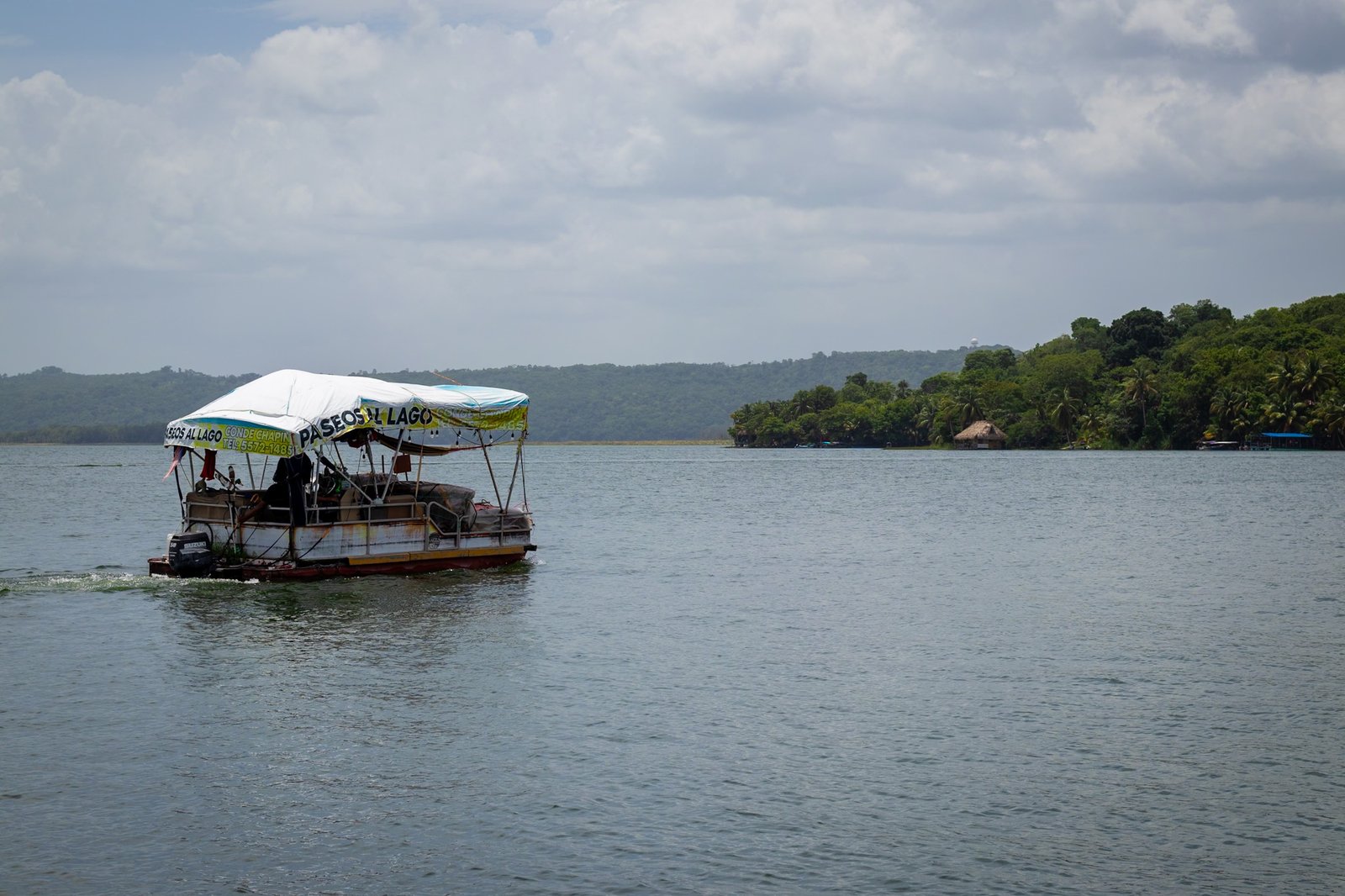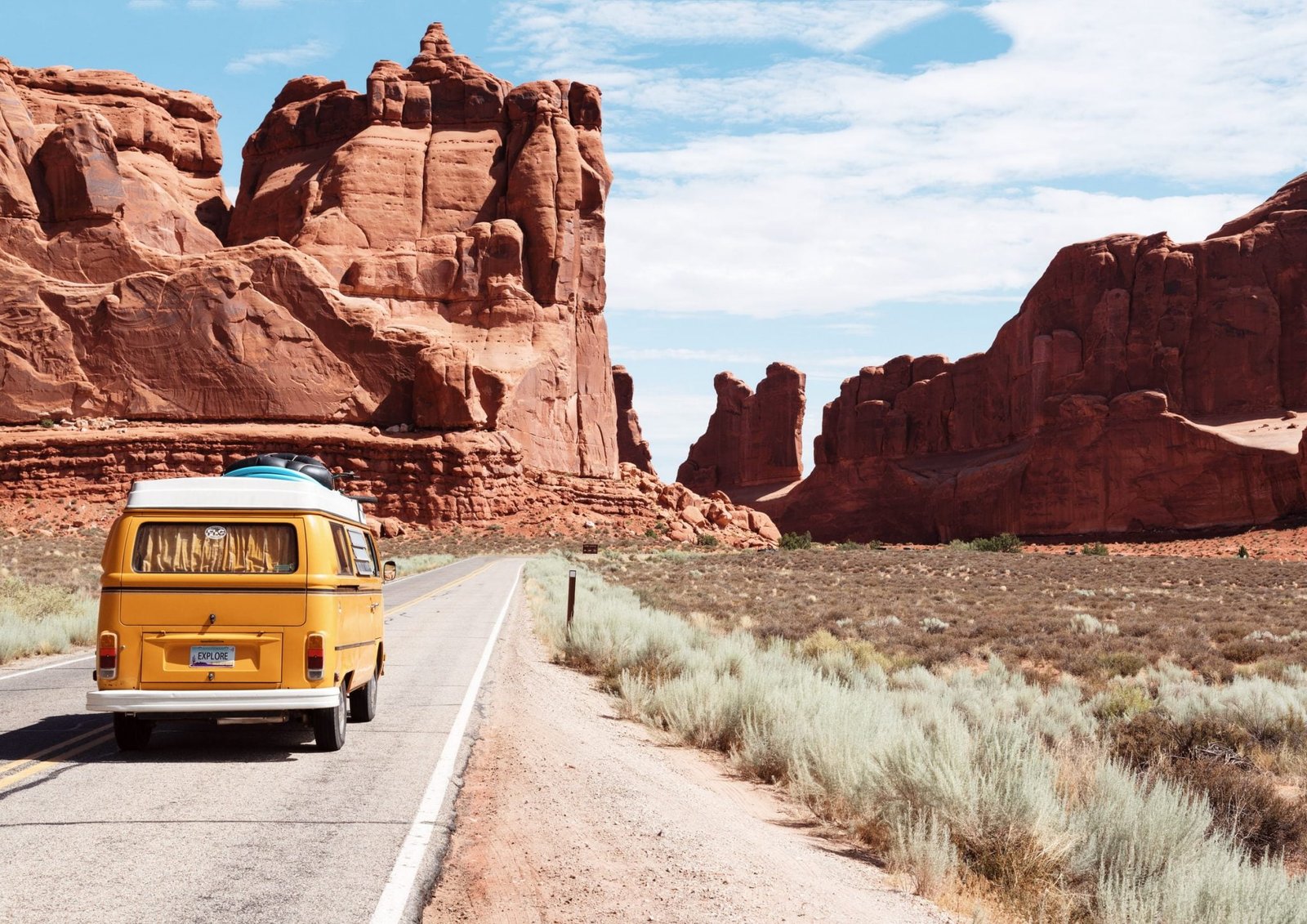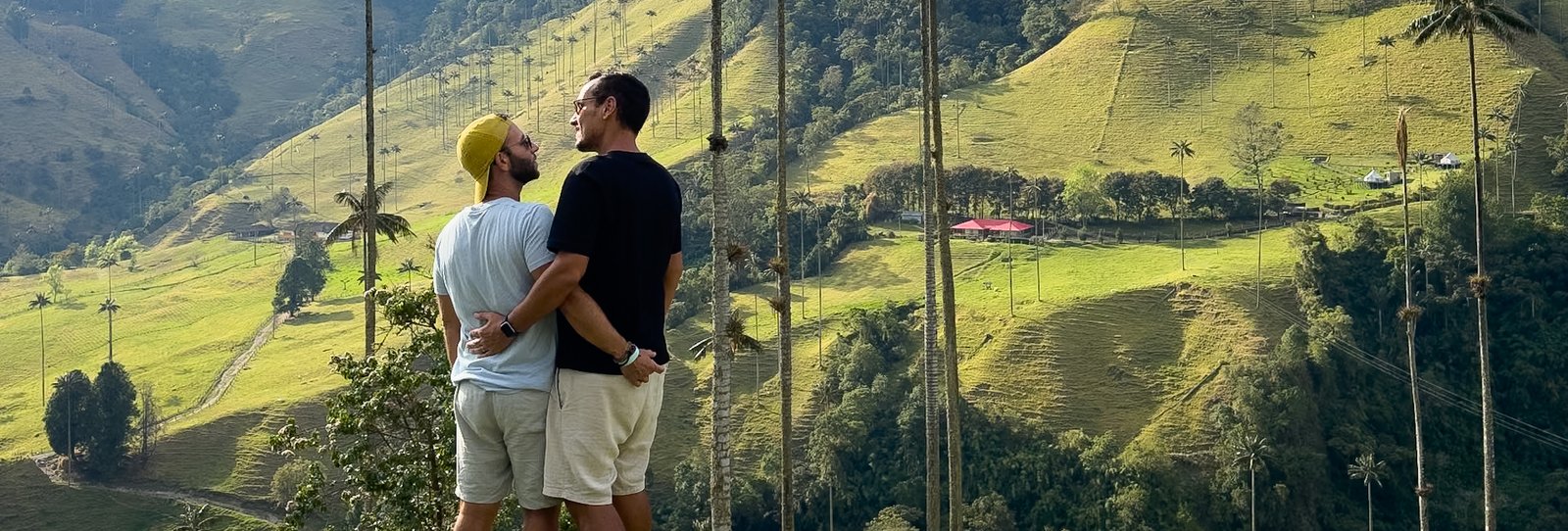Peru had been on hold in our travels for too long. In March 2020, we were in Brazil, traveling with a planned Peru itinerary during our first trip around the world, but a pandemic sent us back home. Peru is a country known for its rich history, vibrant culture, and stunning landscapes that range from the Andes mountains to the Amazon rainforest.
We visited Peru after Colombia during our second trip around the world in September 2024, and we loved the itinerary we followed. The trip was challenging at first, but with every new place we explored, we fell more and more in love with the country. From the ruins of Machu Picchu to the vibrant city of Cusco, each experience was unique and memorable during this 17-day itinerary in Peru.
TABLE OF CONTENTS
Is Peru a safe country?
Our experience with our itinerary in Peru was quite positive in terms of safety. As with any destination, it’s important to stay alert and take precautions, but we found the local people welcoming and friendly. We recommend always keeping an eye on your belongings, especially in tourist areas, and avoiding displaying valuable items.
Best time to visit Peru?
The best time to visit Peru depends on the activities you plan to do. The dry season, which runs from May to September, is ideal for exploring Machu Picchu and the Andean trails. However, if you’re interested in seeing the flora and fauna of the Amazon during your itinerary in Peru, consider visiting between November and March, when the vegetation is more lush. We visited in September, and although there were some rains, we were able to fully enjoy each location.
How we got around in Peru
During our trip through Peru, we always used PeruHop to travel between various cities. It’s an integrated bus and transfer solution with flexible routes that allow you to adapt your itinerary in Peru according to your preferences. Additionally, PeruHop includes some very interesting extra activities, like visiting the Nazca Lines or tasting pisco, which we didn’t want to miss!


For the trip to Machu Picchu, departing from Cusco, we opted for Inca Rail. It was a comfortable and easy experience, and we recommend booking in advance to secure your spot. As we always stayed in the city centers, we didn’t need to use much local transport. The only exception was in Cusco, where we used Uber to get from the airport to the city center. In Lima, to finalize our itinerary in Peru, we used the Airport Express, which connects Miraflores and the airport – a very practical and safe option.
How is the food in Peru?
The food in Peru is surprisingly diverse and delicious. During our trip, we had the chance to try some of the most iconic dishes, and here are our favorites. Ají de gallina is a classic, but something that surprised us was the popularity of roast chicken. We also tried arroz chaufa, a fusion of Peruvian cuisine with Chinese influences, and of course, the famous ceviche, which was one of the highlights!


A fun fact: in Peru, there are over 3,000 species of potatoes, and we realized that potatoes are a key ingredient in many dishes. Another interesting aspect of the local cuisine is cuy (guinea pig), which is still consumed in various regions of the country. Before the arrival of the Spanish, many of the animals we know for consumption today didn’t exist in the region, so protein mainly came from llamas and cuy. This tradition still remains, and we could see how deeply it is rooted in Peruvian culture.
Peru ITinerary
Cusco – 2 Days


We arrived in Peru after finishing our itinerary in Colombia. We flew from Bogotá to Lima and then to Cusco, the perfect starting point for our itinerary in Peru. The main reason for staying in Cusco was to acclimatize to the altitude, as the city is about 3,400 meters above sea level. Of course, Cusco has a lot to see and do, but it’s essential to take it easy and relax. In any case, there are two main areas to explore: the squares in the historic center and the San Blas neighborhood. During these first days, we stayed at accommodation closer to the historic center.
Aguas Calientes – Machu Picchu – 1 Day


There are several ways to visit Machu Picchu. We chose a bimodal service from Incarail, which consisted of a bus to Ollantaytambo and then a train to Aguas Calientes. We planned the visit to Machu Picchu for the next day. It is essential to book your tickets to the park in advance to secure access to your preferred path and decide whether to go with a guide (you can hire one in Aguas Calientes).
From Aguas Calientes to Machu Picchu, we took the local bus that you can buy on-site. There are other ways to visit, such as taking the 5-day trail or hiking up instead of taking the bus, but we have no experience with those options. Visiting Machu Picchu was undoubtedly an unforgettable experience.
We stayed one night in Aguas Calientes at accommodation near the center, allowing us to just hike up to Machu Picchu the day after the trip.
Cusco – 1 Day


We continued our itinerary in Peru with a return to Cusco, which we did the same way: by train and then bus. The day we returned to Cusco was to explore the city a bit more. We ended up focusing mainly on San Blas, as it was also the place we chose to stay at this accommodation. San Blas is a vibrant neighborhood, full of shops and modern restaurants that are definitely worth visiting.
Puno – 2 Days


To travel this part of Peru before reaching Lima, we chose PeruHop. It’s an integrated bus service with an app that allows you to adjust your itinerary to your needs. There are various options with different stops and durations. For us, the main advantage was not worrying about buying multiple tickets, as well as having pick-up and drop-off services at most accommodations and cities. The bus from Cusco to Puno is overnight and arrives around 5 AM.
The accommodation we chose in the center allowed us to not only check in early but also check out later on the day of departure, as the bus was only in the early evening. In Puno, we were still suffering a bit from the altitude, as Puno is around 3,800 meters high. We took the opportunity to visit the Uros floating islands and explore the city center.
Arequipa – 3 Days


We arrived in Arequipa on an overnight bus, also around 5 AM. We chose an accommodation right next to Plaza de Armas, which turned out to be a great advantage for exploring the city, as most of the points of interest are around this square.
In Arequipa, we couldn’t miss the opportunity to visit Mundo Alpaca, where we got to feed and interact with alpacas and, of course, learn more about the process of alpaca wool production.
Huacachina – 2 Days
On the trip from Arequipa to Huacachina with Peru Hop, there’s a stop at the famous Nazca Lines. The day starts early, around 5 AM, and only ends at 8 PM, but it’s worth it for the experience.


Huacachina is a true oasis in the middle of the Ica desert. The main attraction here is sandboarding and buggy rides through the dunes, an adrenaline-filled experience. However, if you prefer something more relaxed, you’ll also find a laid-back atmosphere with great spots by the lake to enjoy a refreshing pisco sour.

Additionally, we did a pisco tasting and learned more about the production process of this traditional Peruvian drink—a Peru Hop experience that is truly worth it! For the more adventurous, hiking up the dunes is an excellent option to see Huacachina from above or to enjoy a simply spectacular sunset—an access fee to the dunes must be paid at the control points.
We stayed at a guesthouse close to the center—although, in Huacachina, everything is really just a few steps away.
Paracas – 2 Days


We left Huacachina in the early evening, boarding a PeruHop bus for a direct 2-hour trip to Paracas. This charming coastal town is known for its stunning landscapes and rich marine life.
We chose to stay at a guesthouse conveniently located near the center and the beach, as well as the PeruHop meeting point, making our travels easier. In Paracas, there are several activities available, such as boat tours to the Ballestas Islands and visits to the Paracas National Reserve. However, we decided to just explore the village and enjoy the relaxing atmosphere.
On the last day, we had the opportunity to visit the Paracas National Reserve, an incredible experience that was included in our PeruHop ticket. The reserve is famous for its arid landscapes and impressive biodiversity, offering the chance to observe various bird species and marine life in their natural habitat.
Lima – 4 Days


We left for Lima in the mid-afternoon, stopping at Hacienda San José to explore the fascinating secret tunnels of Chincha. These tunnels, dating back to the colonial era, were used for the transport of slaves and goods, providing an intriguing glimpse into Peru’s history.
We arrived in Lima late at night and settled into an accommodation in Miraflores, one of the safest and most pleasant areas of the city. During our stay, we explored the main tourist spots in Miraflores and Barranco, such as the Malecón, Kennedy Park, the MAC, and the delicious restaurants in the area, like Mérito.
We concluded our itinerary in Peru in Lima before heading to Miami, carrying with us unforgettable memories and the rich Peruvian culture.
Our trip to Peru was a memorable experience, filled with contrasts and challenges that allowed us to appreciate the cultural richness and natural diversity of the country. From vibrant Cusco to the tranquility of Huacachina, each place we visited offered something unique. Although we encountered some obstacles, such as acclimating to the altitude and the peculiarities of transportation, it only added an extra layer of adventure to our itinerary. The impressive ruins of Machu Picchu and the floating Uros Islands stood out as true highlights of our journey, reflecting Peru’s rich history and vibrant traditions.
Compared to our previous travels in Colombia, Costa Rica, Guatemala, and Mexico, Peru has a unique essence revealed in its varied landscapes and diverse cuisine. Peruvian cuisine surprised us with its complexity, standing out compared to other Latin American culinary offerings. While the hospitality of the Peruvian people was notable, our experiences in other destinations were also positive. What truly stood out was the cultural and historical uniqueness of Peru, leaving us eager to explore even more on future visits.
Safety Tips for Peru
- Get Travel Insurance: Travel insurance, like Heymondo, is essential to protect you in case of unexpected events, whether it’s a health issue, accidents, or last-minute cancellations. Having proper insurance gave us much more peace of mind throughout the trip, and it’s something you should not overlook, especially in destinations like Peru, where outdoor adventures can involve some risks.
- Keep Your Personal Belongings Secure: In tourist areas, distractions can be costly. Always use backpacks with secure zippers and keep your belongings in sight. Avoid displaying valuable items, and whenever possible, use a copy of your passport instead of the original. We always followed this rule and never had issues, but we saw some distracted tourists who weren’t as lucky.
- Avoid Walking Alone at Night: While many areas are safe, especially the more touristy ones, it’s always better to avoid walking alone at night, especially in poorly lit or less crowded areas. If you need to get around, use authorized taxis or ride-sharing apps like Uber, which work well in major cities. In Lima and Cusco, we felt safer following this advice.
- Stay Alert: Crowded places, like markets and plazas, can attract pickpockets. Staying aware of your surroundings is one of the best ways to avoid becoming a target of petty theft. Throughout our trip, we remained vigilant, especially in busier areas like Plaza de Armas in Cusco and the artisan markets.
- Use Public Transport with Caution: Public transportation can be a good option in some cities, but always choose recommended services and avoid those that seem less safe. One alternative we loved was PeruHop, which offers an integrated and safe service for traveling across the country. Plus, it allows you to adjust your itinerary flexibly, giving us a lot of freedom. Another good option, especially in cities like Lima or Cusco, is Uber, which is practical and safe.
- Be Aware of Altitude: Many of the cities we visited in Peru are at high altitudes, like Cusco (3,400 meters) and Puno (3,800 meters). Altitude can cause discomfort, especially in the first days, so make sure you are prepared to deal with the symptoms. Consult your doctor before the trip, and when you arrive, take it easy, drink plenty of water, and, if needed, try coca leaves. We chewed some leaves and drank a lot of coca tea, which besides warming us up on cold mornings, seemed to help with acclimatization. Additionally, in some regions, like the Amazon, there’s a risk of yellow fever, so check the vaccination requirements.
- Food Safety: Drinking water isn’t available in many places in Peru, so you should always drink bottled water and avoid consuming ice or food from questionable sources. We experienced food poisoning during the first days, which reminded us of the importance of being even more careful with what we eat and where. Choose recommended restaurants and pay attention to food hygiene.
- Respect the Local Culture: Showing respect for the local culture is part of any successful trip. In Peru, there are many traditions and customs that may differ from ours, and it’s important to be mindful and respectful. For example, always ask permission before taking photos of people, especially in indigenous communities. This respect not only avoids misunderstandings but also creates opportunities for genuine interactions with locals.
- Always Have Copies of Documents: Before you depart, make copies of your important documents, like your passport, travel tickets, and insurance information. Keep a copy in a separate place from the originals and another digital copy in your email or a cloud service. This way, if you lose the originals or they are stolen, you have a secure alternative.
This set of safety tips reflects both our experience in Peru and some general recommendations that can help you have a smoother and safer trip.

